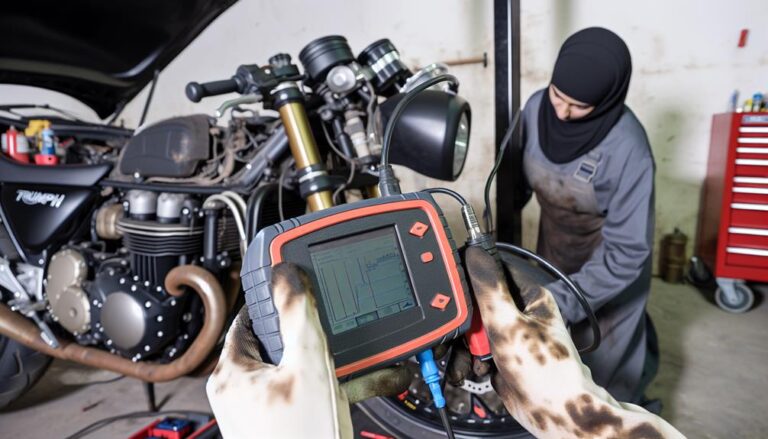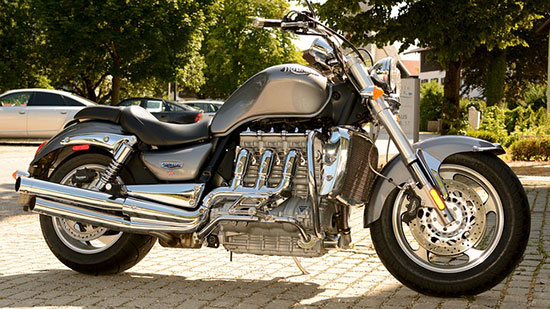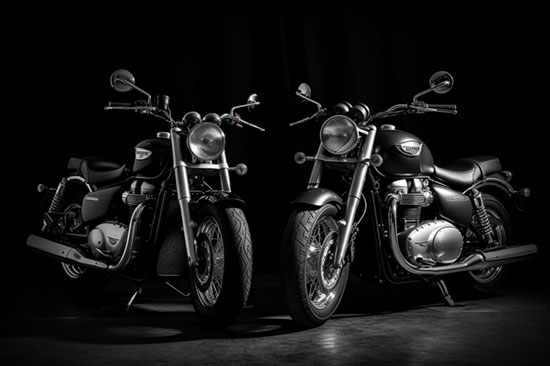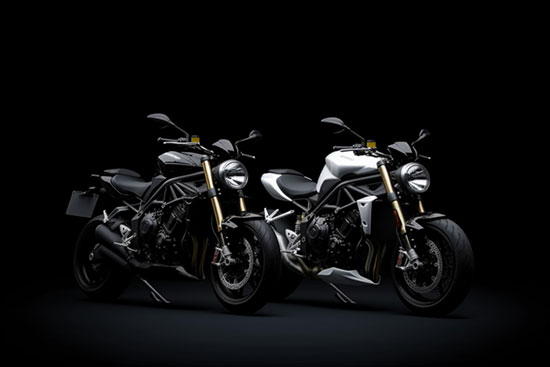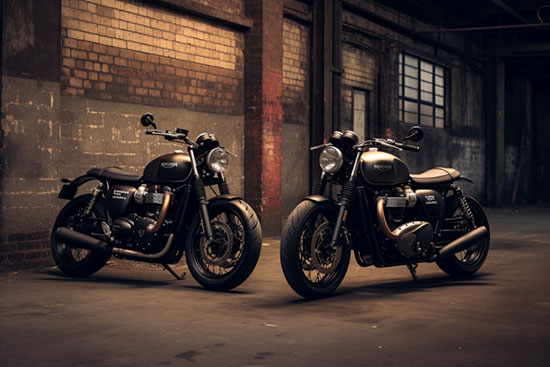Motorcycle enthusiasts have always been passionate about comparing bikes and determining which one is the best.
Among the most debated topics today is which is the better motorcycle Triumph Rocket 3 or Hayabusa.
Both bikes have their unique features, capabilities, and advantages. In this article, we will take a closer look at the Triumph Rocket 3 and Hayabusa, and compare their specifications, performance, and features.
Contents
Triumph Rocket 3
The Triumph Rocket 3 is a heavyweight cruiser with a massive 2,500 cc engine. The bike was introduced in 2004 and has undergone several updates since then.
The latest version of the bike, the Rocket 3 GT, was launched in 2019 and features a new chassis, suspension, and brakes.
- Engine: 2,500 cc
- Horsepower: 165 hp
- Torque: 163 lb-ft
- Weight: 641 lbs
- Price: Starting at $22,600
The engine of the Triumph Rocket 3 is the biggest on any mass-produced motorcycle, with a displacement of 2,500 cc.
The bike produces 165 horsepower and 163 lb-ft of torque, making it one of the most powerful cruisers in the world. The Rocket 3 has a top speed of 140 mph and can go from 0 to 60 mph in just 2.7 seconds.
The bike’s chassis is made of aluminum, which makes it lighter and more agile than its predecessors. The suspension system features Showa forks and rear shocks that are fully adjustable.
The Rocket 3 comes with advanced electronics, including traction control, cornering ABS, and multiple riding modes. It also has a comfortable riding position, with a wide seat and footpegs that are positioned forward.
Hayabusa
The Hayabusa is a sport bike that has been in production for over 20 years. The bike was introduced in 1999 and has since undergone several updates.
The latest version of the bike, the Hayabusa 2021, was launched in February 2021 and features a new engine, frame, and electronics.
- Engine: 1,340 cc
- Horsepower: 188 hp
- Torque: 111 lb-ft
- Weight: 582 lbs
- Price: Starting at $18,599
The Hayabusa is powered by a 1,340 cc engine that produces 188 horsepower and 111 lb-ft of torque. The bike has a top speed of 186 mph and can go from 0 to 60 mph in just 2.7 seconds.
The bike’s chassis is made of aluminum, and it has a lightweight frame that makes it easy to handle. The suspension system includes fully adjustable KYB forks and rear shocks.
The Hayabusa also comes with advanced electronics, including a six-axis IMU, traction control, and cornering ABS. The bike has a sporty riding position, with a low seat height and footpegs that are positioned rearward.
Comparison
When it comes to comparing the Triumph Rocket 3 and Hayabusa, both bikes have their unique features and capabilities. However, there are certain areas where one bike outperforms the other.
Engine
One of the main differences between the Rocket 3 and the Hayabusa is their engines. The Rocket 3 has a bigger engine, with a displacement of 2,500 cc, which produces more torque than the Hayabusa. However, the Hayabusa has the more powerful engine, with a max power output of 188 hp compared to the Rocket 3’s 165 hp.
Suspension
The suspension systems on both bikes are fully adjustable, but the Rocket 3 has an advantage when it comes to the overall riding experience.
The Rocket 3 has a better suspension system that provides a smoother ride, while the Hayabusa may be more rigid.
Electronics
Both bikes come with advanced electronics, but the Hayabusa has more advanced features like a six-axis IMU and launch control. The Rocket 3, on the other hand, has three riding modes and a cruise control system.
Price
When it comes to price, the Hayabusa is a more affordable option with a starting price of $18,599, while the Rocket 3 starts at $22,600.
Conclusion
Both the Triumph Rocket 3 and Hayabusa are excellent bikes, with unique features and capabilities.
The Rocket 3 is a heavy cruiser with a massive engine, while the Hayabusa is a sportbike with a more powerful engine.
The Rocket 3 has a better suspension system, while the Hayabusa has more advanced electronics. When it comes to price, the Hayabusa is a more affordable option.
Ultimately, the choice between these two bikes depends on the preferences and needs of the individual rider.


